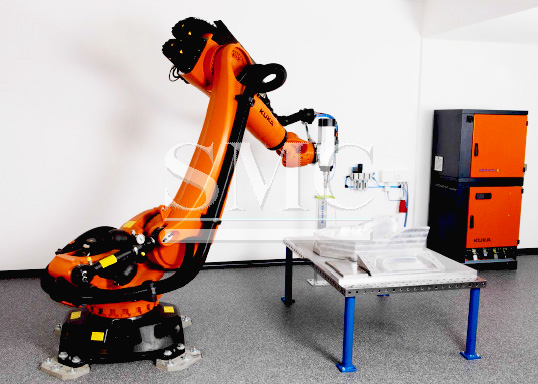
- Company overview The heart of SMC Vision & Philsophy Partnership Certifications Company culture
- Our service Design and Engineering Maintenance and Service Examine Production Line Upgrade and Transformation Storage and Logistics Processing, Trading and Distributor
- Management Our history Global responsibility Info Center
- Procurement center Internship
- Metal Steel Products Stainless Steel Products Aluminum Products Copper Products Galvanized Steel and PPGI Special Alloy Building Material
- Containers ISO Standard Container Equipment Container Storage Container Refrigerated/Reefer Container Offshore Container Container House Tank Container Container Fittings Container Trailer
- Gas Cylinder & Fire Extinguisher Cryogenic Liquid Cylinder Oxygen Gas Cylinder Storage Tank CNG Gas Cylinder LPG Gas Cylinder Hydrogen Gas Cylinder Nitrogen Gas Cylinder Industry Gas Cylinder Fire Extinguisher
- Metal Machinery Forming Machine Cutting Machine Processing Machine Bending Machine Block Machine Other Machinery Motor Spare Parts
- Mechanical Products Miscellany Mooring Equipment Marine Equipment Vehicle Industry Pressure Vessel Conveyor Belt Laser Equipment Bearing
- Electrical System Power Distribution Automation Electrical Cable Solar Power System Electric Protection System Transformer Production Line Lighting System
- Project Plastic Pipes and Pipe Fittings Fiberglass Reinforced Plastic Pontoon System
3D-Printing Partnering with Robotics
Additive manufacturing, also known as 3D-Printings has its perks, such as creating complex structures. 3D-printing is considered to be an ‘in the box’ process, meaning that the components are composed on the inside of dedicated machines away from the outside environment. Recently, a new trend has been introduced that allows 3D-printing to be freer, rather than being confined to a box, by integrating it with robotics.

This concept has actually been around for sometime, but is becoming more prominent due to two contributing factors. First, there is a increasing need of creating larger components that are difficult to produce in a typical enclosed 3D-printer. And second, there is a desire to integrate 3D-printing with other everyday automotive production systems like machining. Both, robotics and 3D-printing have been around for many years and are still in their prime. Many of 3D-printing projects require post-processing and some sort of finishing, which is mainly done by robots. This means that by integrating the two together, it will be possible to develop whole projects around robotics.
As of right now, 3D-printing is combined with robotics by mounting the deposition effector (3D-printing head) on a robot arm. An example of this system includes the MASSIVIT that extrudes gel-like material out of two robot arms and is capable of building up to 1.8x1.5x1.2 meters in size. But these techniques have their trade-offs; while a robot many had additive manufacturing capabilities, they are prone to losing their precision. Phil Reeves, the vice president for strategic consulting at Stratasys stated, “Robots are not the most accurate things in the world. You have to spend a lot of money on a very large-capacity robot to get any sort of accuracy out of it.”
Researchers at The Welding Institute (TWI) have been developing a series of systems that use robotics to help control the deposition heads in order to compose more accurate products. It is hard to create a precise model composed of thin filaments. In order to address this issue they have developed laser metal deposition (LDM) that creates a ‘melt pool’ that is fed by powder metal and is mainly used to larger scale products. This system is found to be more accurate than robot arms.
These new techniques and processes are known as remanufacture. Remanufacturing focuses TWI’s work and combines it with LDM. Jason Jones describes these efforts being two folded and driven by two main incentives. The first reason is that conventional 3D-printing doesn’t produce the finish and accuracy needed, so they wanted to create one single continuous process. Secondly, they wanted to combine two different techniques within the same sector.
They are currently working more on the process and experimenting with different possible solutions.
